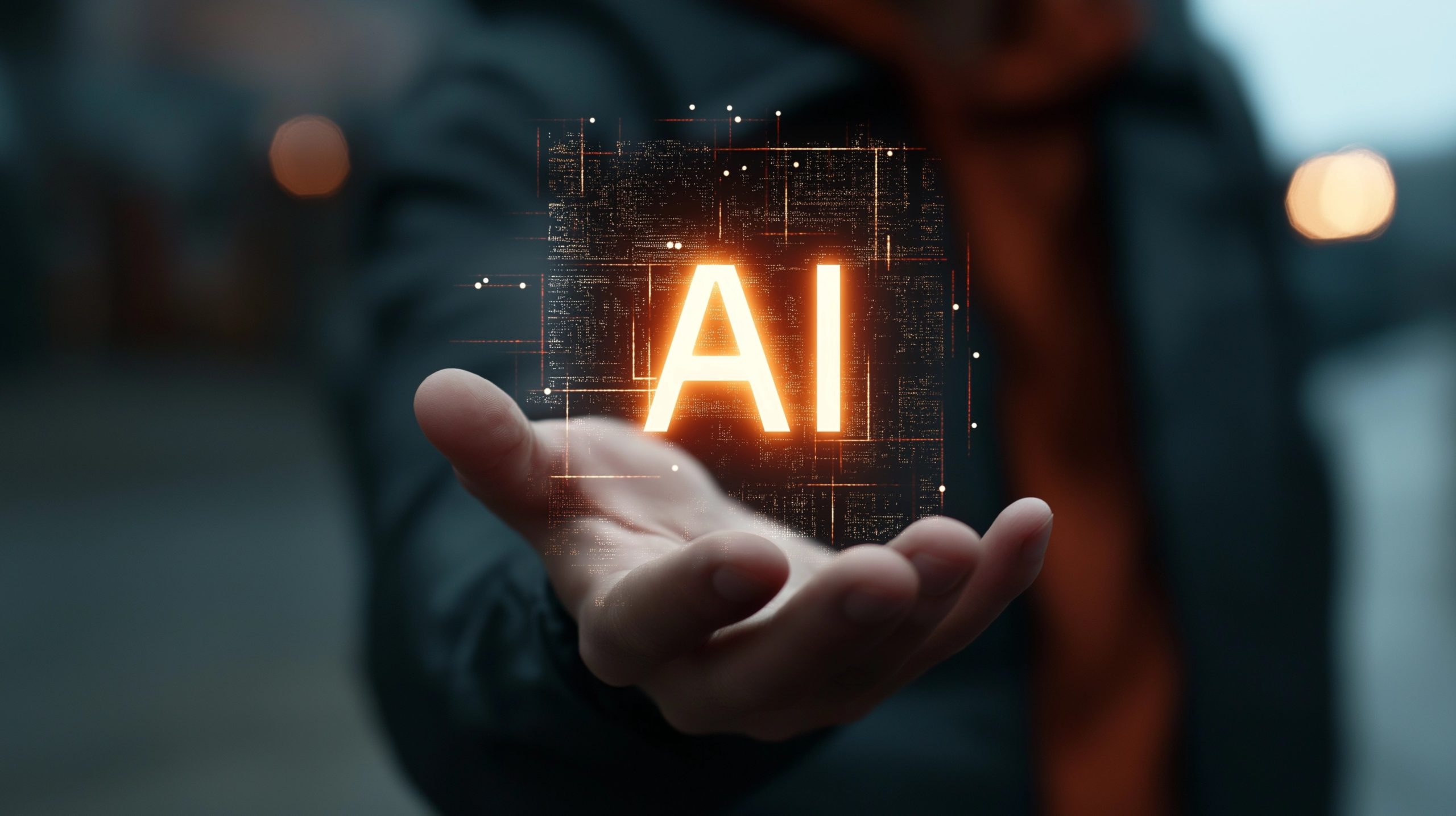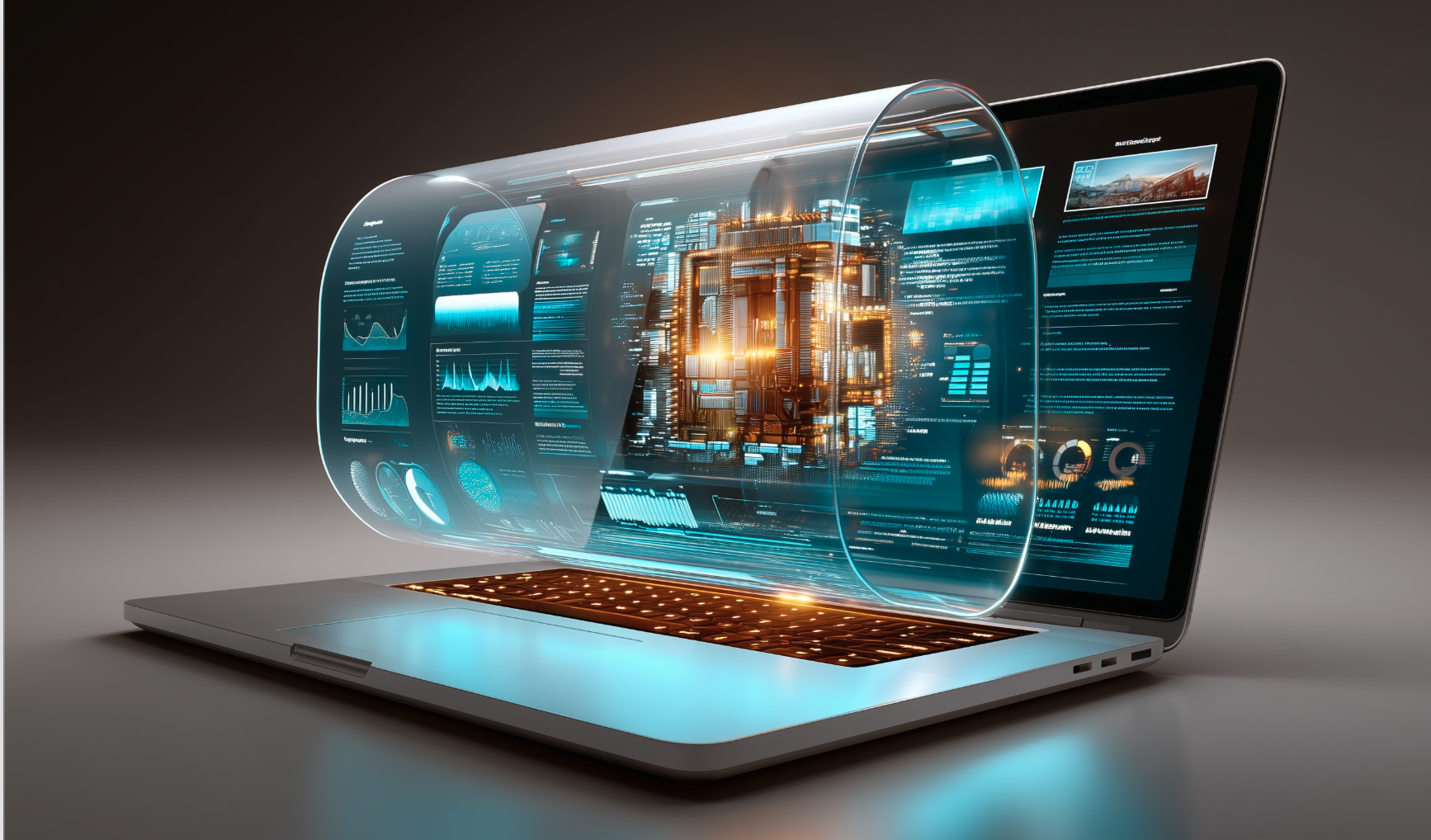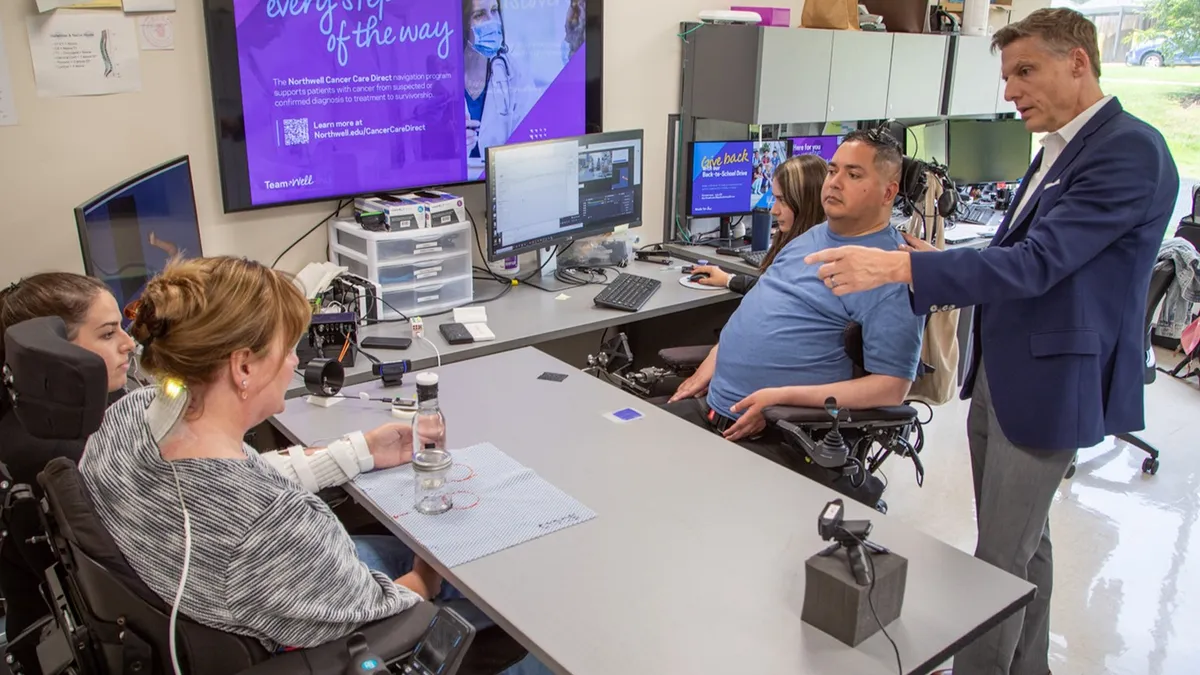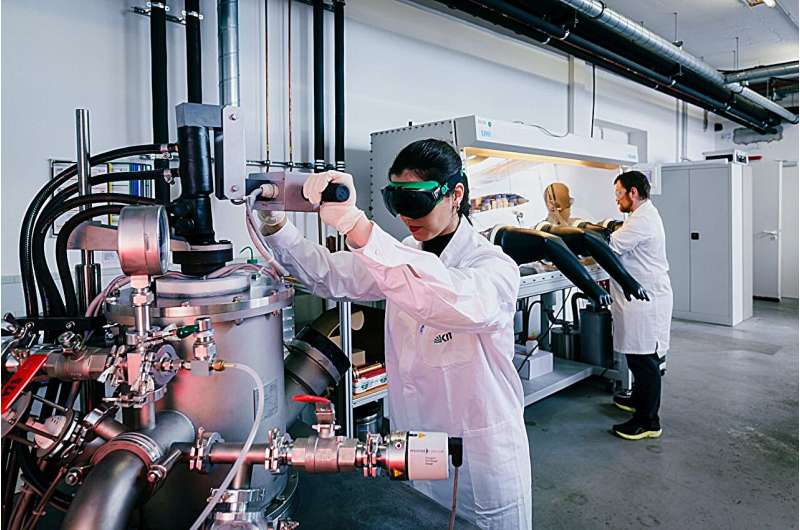By Futurist Thomas Frey
In the late 20th century, a bold dream took hold of aerospace engineers—a single engine that could take off like a jet, soar through the atmosphere, and then ignite itself into orbit like a rocket. That dream had a name: SABRE, short for Synergetic Air-Breathing Rocket Engine. For a time, it seemed destined to change everything we thought we knew about flight. SABRE promised to merge two entirely different propulsion systems into one seamless process, creating a new class of vehicle that could turn the impossible into the inevitable.
Continue reading… “The Dream of SABRE: The Engine That Could Fly to Space”












